








| Eurasian Oystercatcher (Haematopus ostralegus (Linnaeus, 1758)) |









|
|
Scientific name: Haematopus ostralegus (Linnaeus, 1758) Common name: Eurasian Oystercatcher French name: Huîtrier pie, Pie de mer. Order: Charadriiformes Family: Haematopodidae Size: Body size: 40 to 45 cm; Weight: 400 to 700 g; Wingspan: 80 to 86 cm. Habitat: Sea coasts. More frequent on flat and muddy areas, bays, estuaries. It is also found in inland meadows not far from the sea. Food: Bivalve molluscs opened with its bill, gastropods and crabs on sea shores. Earthworms and insects in inland meadows. Nesting: The nest is built on the ground. It is a simple depression lined with seaweeds and shells. Females lay about 3 eggs between March and May. Migration: Partially migratory. Northern birds move southwards in winter. Geographic area: Western Europe Atlantic coasts, central Asia north to the Black Sea and to the Caspian Sea, eastern Asia Pacific coasts. African coasts north to the equator and southern Asia coasts in winter. |
The Eurasian Oystercatcher is a black and white bird. The black colour is located on the head, on the neck, on the upper side of the body, on the upper side of the wings (except a white wing bar) and at the tip of the tail. The reddish orange bill is long and straight. The legs are pink. Males and females are similar. |
| [To know more about the Eurasian Oystercatcher] [Next picture] [Top] |
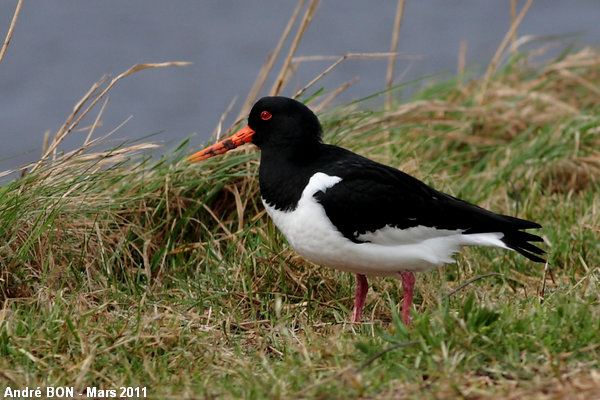
|
The Eurasian Oystercatchers, observed on Texel, have not been very shy and it has been relatively easy for me to shoot close up pictures. |
| [To know more about the Eurasian Oystercatcher] [Next picture] [Previous picture] [Top] |
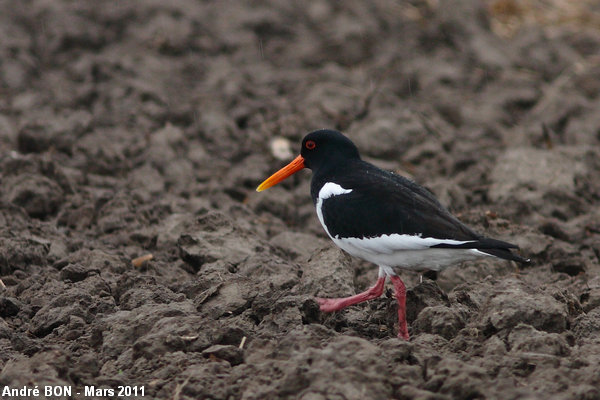
|
I have observed Eurasian Oystercatchers in the cultivated fields where they must feed on earthworms. |
| [To know more about the Eurasian Oystercatcher] [Next picture] [Previous picture] [Top] |
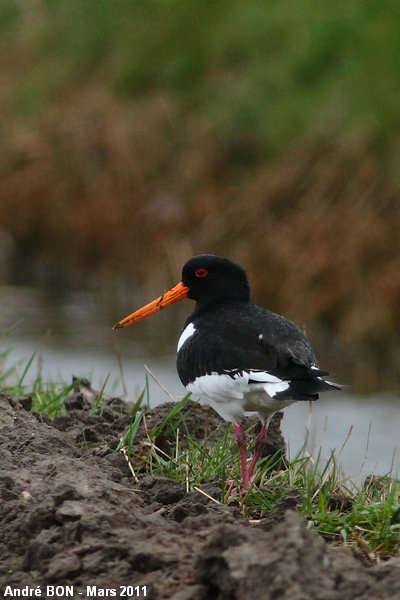
|
It is easy to guess that the Eurasian Oystercatcher's bill is well suited for bivalve molluscs opening. |
| [To know more about the Eurasian Oystercatcher] [Next picture] [Previous picture] [Top] |
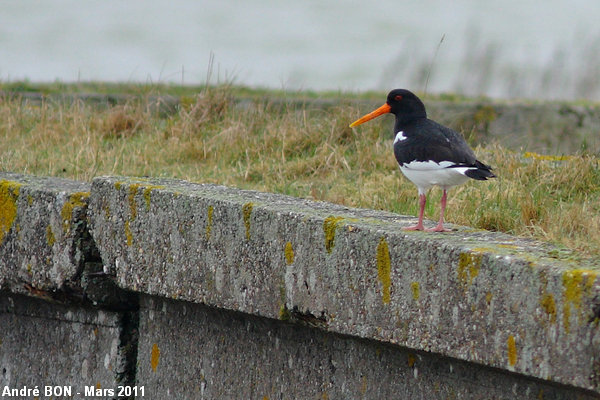
|
I have observed many Eurasian Oystercatchers on the Texel Island. As the breeding season was approaching, I have mainly seen isolated birds and isolated pairs rather than large flocks. |
| [To know more about the Eurasian Oystercatcher] [Next picture] [Previous picture] [Top] |
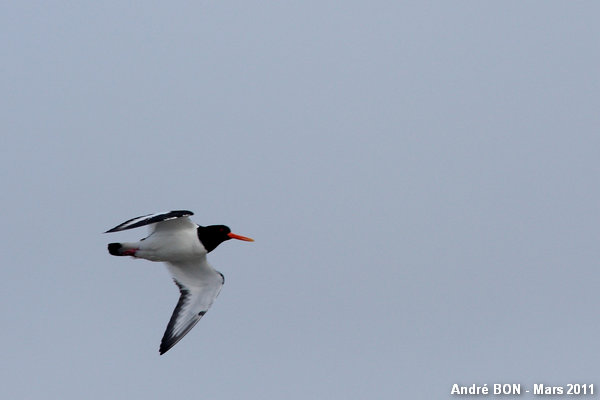
|
Here is one picture, in flight, on which you can see the plumage on the under side. I only regret the lack of sun who would have added a natural catchlight in the eye for a better picture. |
| [To know more about the Eurasian Oystercatcher] [Next picture] [Previous picture] [Top] |
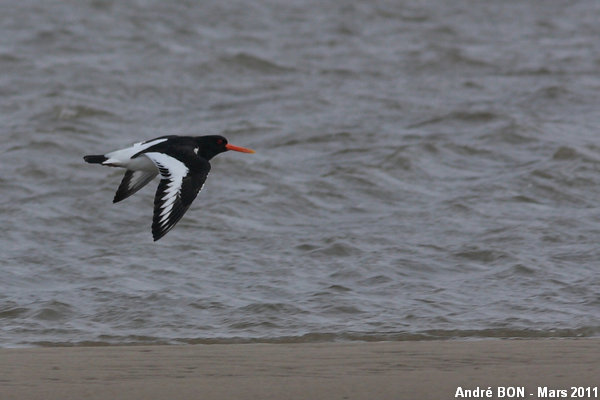
|
Here is one picture, in flight, on which you can see the plumage on the upper side. |
| [To know more about the Eurasian Oystercatcher] [Next picture] [Previous picture] [Top] |
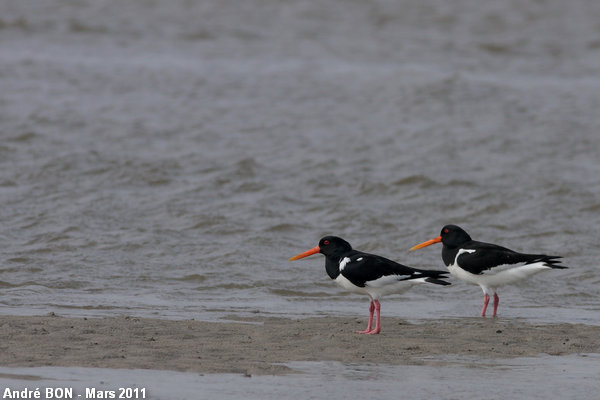
|
Mister and Madam on the shore of the Wadden Sea. |
| [To know more about the Eurasian Oystercatcher] [Next picture] [Previous picture] [Top] |
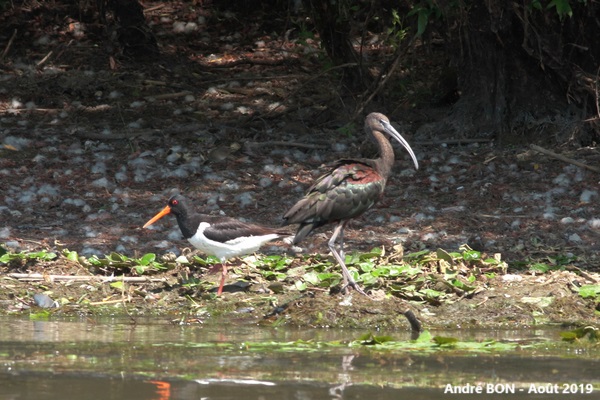
|
The tourists on the boat were mainly interested in observing the Glossy Ibis, while the guide was mainly interested in the Eurasian Oystercatcher, which is considered a rare bird in the Danube Delta. |
| [To know more about the Eurasian Oystercatcher] [Previous picture] [Top] |

|
A bivalve mollusc on the shore, here is perhaps a future meal for the Oystercatcher. |